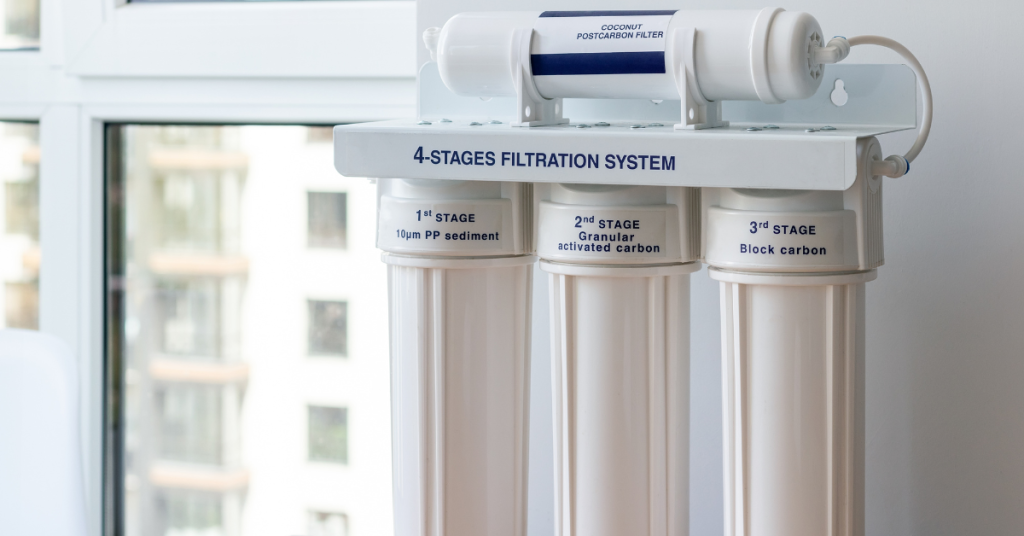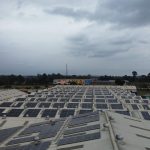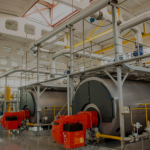Clean water is essential for survival, yet during emergencies and disasters, access to it becomes severely compromised. East Africa, a region prone to natural and humanitarian crises, faces significant challenges in ensuring clean water availability. Water treatment plays a pivotal role in safeguarding lives and mitigating health risks during such critical situations.

Importance of Clean Water in Emergency Situations
In emergencies, contaminated water can lead to outbreaks of diseases like cholera, dysentery, and typhoid. Without immediate access to safe water, affected populations face dire consequences, particularly children and the elderly.
Overview of Water Scarcity and Disasters in East Africa
East Africa frequently experiences natural disasters like floods and droughts, compounded by political instability and displacement. Refugee camps and disaster zones often lack proper infrastructure, making water treatment a top priority for relief efforts.
Challenges in Accessing Clean Water During Disasters
Natural Disasters Impacting Water Availability
Floods and Contaminated Water Sources
Flooding often mixes sewage with water supplies, rendering them unsafe for consumption.
Drought and Reduced Water Supply
Prolonged droughts deplete water reserves, forcing communities to rely on unsafe sources.
Humanitarian Crises and Refugee Camps
Refugee populations in East Africa often live in overcrowded camps with limited water and sanitation facilities, increasing their vulnerability to waterborne diseases.
Health Risks of Untreated Water
Consuming untreated water can lead to severe health complications, including life-threatening illnesses that disproportionately affect vulnerable groups.
Methods of Water Treatment for Emergency Relief
Filtration Technologies
Portable Water Filters
Lightweight and easy-to-use filters can provide immediate relief to individuals and families.
Advanced Filtration Systems
Larger systems, such as reverse osmosis units, are suitable for treating water at community levels.
Disinfection Techniques
Chlorination
Adding chlorine to water effectively kills bacteria and viruses, making it a widely used method.
UV Purification
UV light systems offer chemical-free disinfection and are ideal for portable use.
Boiling and Low-Tech Solutions
Boiling is a traditional yet effective method for killing pathogens in water, while simple tools like cloth filters can remove visible impurities.
Mobile Water Treatment Units
Equipped with advanced technology, mobile units can purify large volumes of water and are ideal for disaster zones.
Role of Organizations and Governments in Relief Efforts
Contributions of NGOs
Organizations like the Red Cross and UNICEF spearhead water relief efforts, providing both resources and expertise.
Government-Led Initiatives
East African governments often collaborate with international agencies to address water crises during disasters.
Public-Private Partnerships
Spenomatic Kenya Role
Through its advanced water treatment systems and sustainable engineering solutions, Spenomatic Kenya contributes to resolving water scarcity, enhancing the quality of water resources, and promoting eco-friendly practices. By offering tailored solutions in wastewater management, desalination, and water purification, Spenomatic directly supports industries, municipalities, and communities in overcoming their water challenges.
Best Practices for Sustainable Water Solutions in Relief Efforts
Community Involvement in Implementation
Engaging local communities ensures the effectiveness and acceptance of water treatment initiatives.
Training and Education on Water Safety
Providing education about water safety helps communities maintain long-term access to clean water.
Incorporating Renewable Energy for Treatment Systems
Solar-powered treatment systems offer a sustainable way to provide clean water in remote areas.
Innovative Technologies in Water Treatment for Disaster Relief
Desalination Units
Portable desalination systems can convert seawater into drinkable water, offering solutions in coastal areas.
Solar-Powered Water Systems
Solar energy drives purification processes, ensuring access to clean water even in off-grid locations.
Real-Time Water Quality Monitoring
Technology that tracks water quality ensures consistent safety in treated water supplies.
Measuring the Success of Water Relief Initiatives
Metrics for Evaluating Impact
Number of People Reached
Tracking beneficiaries helps measure the reach of water relief programs.
Reduction in Waterborne Diseases
Decreases in disease outbreaks indicate the effectiveness of clean water initiatives.
Long-Term Benefits to Affected Communities
Access to clean water supports overall health, education, and economic stability in disaster-hit regions.
Conclusion
Addressing water treatment needs during emergencies in East Africa is both a challenge and an opportunity to save lives. With the right combination of technology, community engagement, and sustainable practices, we can ensure clean water access even in the most critical situations. Collaborative efforts among governments, NGOs, and the private sector are essential to achieving this goal.
FAQs
What are the most effective water treatment methods for emergencies?
Portable filters, chlorination, and UV purification are highly effective in emergencies.
How can communities prepare for water shortages during disasters?
Communities can store water, invest in portable filters, and participate in water safety training.
What role does technology play in water treatment for disaster relief?
Innovative technologies like solar-powered systems and real-time monitoring enhance efficiency and scalability.
Can solar-powered systems provide sustainable solutions for clean water?
Yes, solar-powered systems are cost-effective, eco-friendly, and ideal for off-grid areas.
How can individuals contribute to disaster water relief efforts?
Donating to relief organizations, volunteering, and spreading awareness are great ways to help





